Barns by Type
Aisled Barns
Bank Barns
Box-frame Barns
Brick Barns
Cob Barns
Cruck Barns
Mud & Stud
Post & Truss
Stone Barns
Prodigy Barns
Barn Conversions
Lost & Ruined Barns
New Builds
Makers & Recyclers
Barns by Region
Wedding Barns
Meet & Eat
Museums
Home



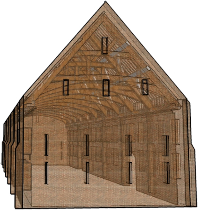
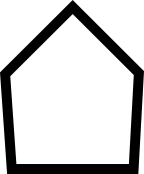

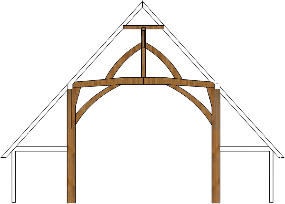

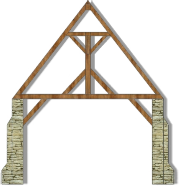
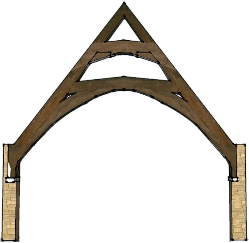
| Regional Geology |
| Regional Building Types |
| External Features |
| Truss Types |
| Truss Examples |
| The Carpenter & His Tools |
| Design Issues |
| Anatomy of an Aisled Barn |
| Titchfield Abbey Barn |
| Timber Clad Aisled Barns |
| Stone or Brick Aisled Barns |
| Abbot Lodge Farm |
| Mis Jackson's Barn |
| Trerice Great Barn |
| The Corn Barn, Devon |
| Hayne, Devon |
| Higher Eggbeer Farm, Devon |
| Kestle Barton |
| Abbey Farm, Woodhall Spa, Lincs |
| High House Farm |
| Julia's Poultry Barn, Hagworthingham, Lincs. |
| Arch Brace & Raised Cruck Trusses |
| Triangular Truss Barns |
| Other Stone Barns |
| Basing House Great Barn |
| Godwick Manor Barn |
| Hales Hall Barn |
| Waxham Great Barn |
| Acton Scott Aisled Barn |
| Bedales Lupton Hall |
| Bedales Memorial Library |
| Chithurst Buddhist Meditation Hall |
| Craven Arms Cruck Barn |
| Penistone Market Hall |
| Woodland Trust Cruck Barn |
| Wychurst, A Saxon Hall |
| McCurdy & Co |
| Antique Buildings |
| Suffolk Reclamation |
| Faversham Joinery |